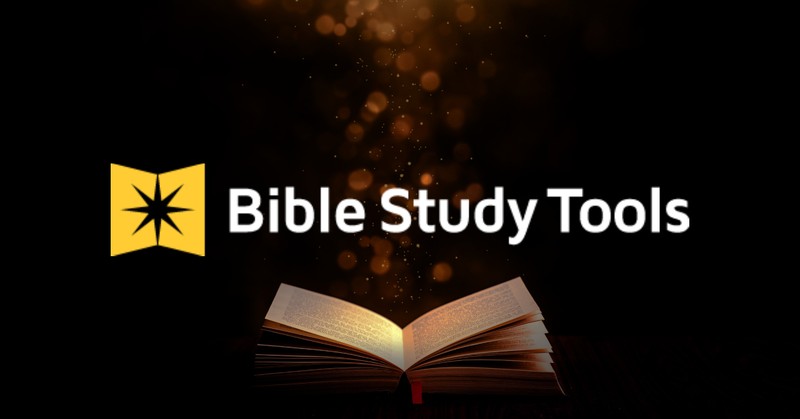Book of Zephaniah JUB
Summary
Summary of the Book of Zephaniah
This summary of the book of Zephaniah provides information about the title, author(s), date of writing, chronology, theme, theology, outline, a brief overview, and the chapters of the Book of Zephaniah.
Author
The prophet Zephaniah was evidently a person of considerable social standing in Judah and was probably related to the royal line. The prophecy opens with a statement of the author's ancestry (1:1), which in itself is an unusual feature of the Hebrew prophetic tradition. Zephaniah was a fourth-generation descendant of Hezekiah, a notable king of Judah from 715 to 686 b.c. Apart from this statement, nothing more is said about his background. Whereas the prophet Micah dealt carefully and sympathetically with the problems of the common people of Judah, Zephaniah's utterances show a much greater familiarity with court circles and current political issues. Zephaniah was probably familiar with the writings of such prominent eighth-century prophets as Isaiah and Amos, whose utterances he reflects, and he may also have been aware of the ministry of the young Jeremiah.
Date
According to 1:1, Zephaniah prophesied during the reign of King Josiah (640-609 b.c.), making him a contemporary of Jeremiah, Nahum and perhaps Habakkuk. His prophecy is probably to be dated relatively early in Josiah's reign, before that king's attempt at reform (and while conditions brought about by the reigns of Manasseh and Amon still prevailed) and before the Assyrian king Ashurbanipal's death in 627 (while Assyria was still powerful, though threatened).
Background
See Introductions to Jeremiah and Nahum: Background; see also 2Ki 22:1 -- 23:30; 2Ch 34:1 -- 36:1 and notes.
Purpose and Theological Theme
The intent of the author was to announce to Judah God's approaching judgment. A Scythian incursion into Canaan may have provided the immediate occasion. This fierce, horse-mounted people originated in what is now southern Russia, but by the seventh century b.c. they had migrated across the Caucasus and settled in and along the northern territories of the Assyrian empire. Alternately the enemies and allies of Assyria, they seem to have thrust south along the Mediterranean sometime in the 620s, destroying Ashkelon and Ashdod and halting at the Egyptian border only because of a payoff by Pharaoh Psamtik (Psammetichus). Ultimately, however, the destruction prophesied by Zephaniah came at the hands of the Babylonians after they had overpowered Assyria and brought that ancient power to its end.
Zephaniah's main theme is the coming of the day of the Lord (see notes on Isa 2:11,17,20; Joel 1:15; 2:2; Am 5:18; 8:9), when God will severely punish the nations, including apostate Judah. Zephaniah portrays the stark horror of that ordeal with the same graphic imagery found elsewhere in the prophets. But he also makes it clear that God will yet be merciful toward his people; like many other prophets, he ends his pronouncements of doom on the positive note of Judah's restoration by Yahweh, "King of Israel" (3:15; see note there).
Outline
- Introduction (1:1-3)
- The Day of the Lord Coming on Judah and the Nations (1:4-18)
- God's Judgment on the Nations (2:1;3:8)
- Redemption of the Remnant (3:9-20)
From the NIV Study Bible, Introductions to the Books of the Bible, Zephaniah
Copyright 2002 © Zondervan. All rights reserved. Used with permission.
